What did the first mermaid Ariel look like, and why did her author die in poverty, although he worked for Disney.
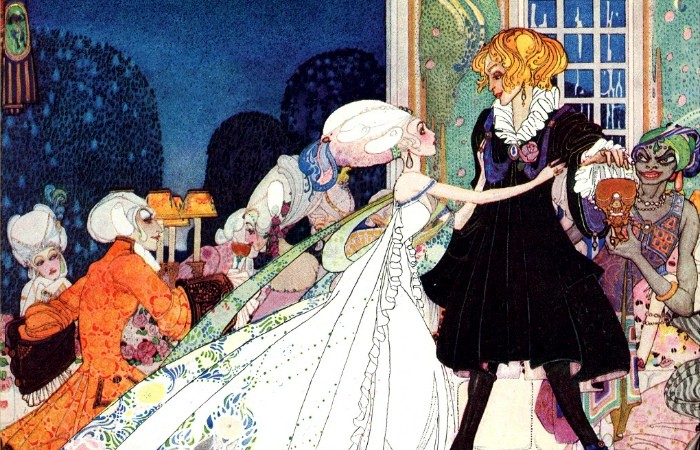
Many artists can illustrate a fairy tale, but a few can turn every graphic in a separate story, which can be seen endlessly, as if you were bewitched. One of these wizards was the Dane Kai Rasmus Nielsen. A child who saw his evening princesses, heroes, trolls and witches with her mother, always retains a sense of touch to the table.
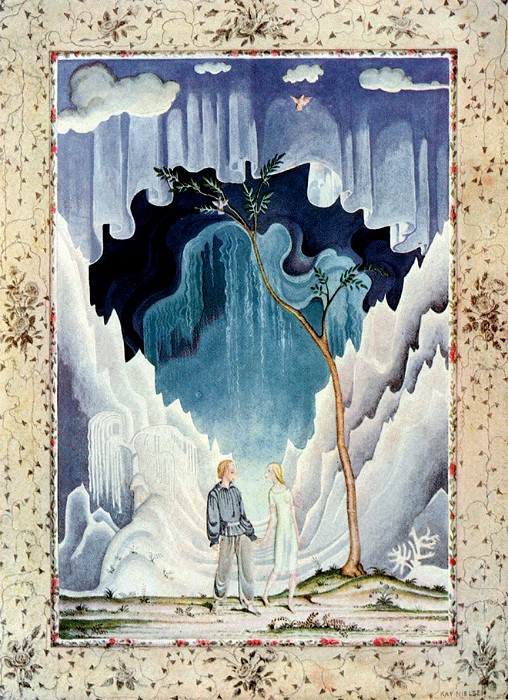
Probably, little Kai was expected to have a career in theater, because his mother Oda was an actress, and Father Martinus was a director. The Nielsen family lived in Copenhagen, the capital of Denmark; at the end of the nineteenth century, Denmark, like all of Europe, adored theaters, so Nielsen did not know the needs. Moreover, the mother shone on stage not only her husband in the Dagmar Theater, but also the Royal Danish Theater. But Kai preferred to become an artist. He went to Paris to study first at the Julian Academy (the same one where the Russian artist Maria Bashkirtseva studied), then at the Kolarossi Academy.
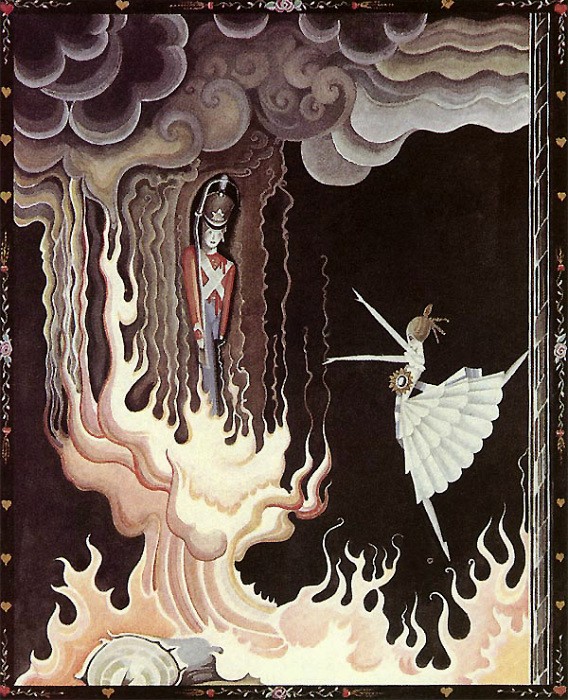
After France, Nielsen went to England, the homeland of pre-Raphaelite artists. There he first received an order for the illustration of fairy tales. 24 color and 15 black and white drawings by Nielsen were decorated with the book “Powder and Crinoline. Magic fairy tales, retold by Sir Arthur Qwilleran-Kuch. “ Pictures of Nielsen – typical drawings in the style of art nouveau, they are sweet and refined, impregnated with the spirit of 1913.
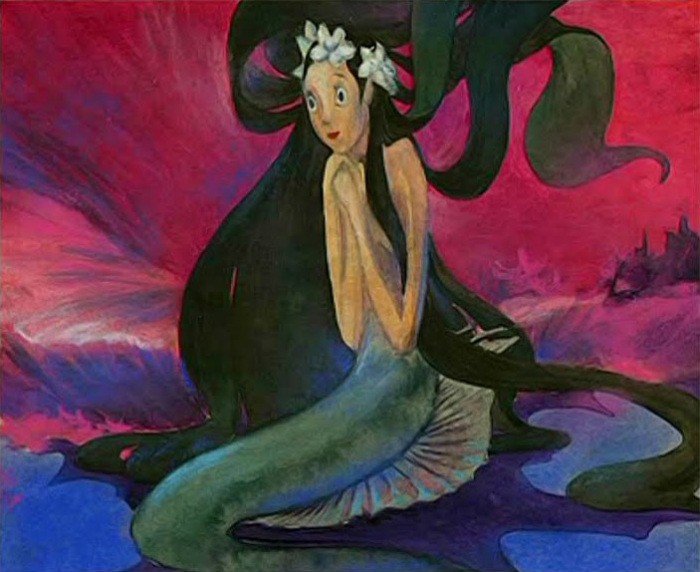
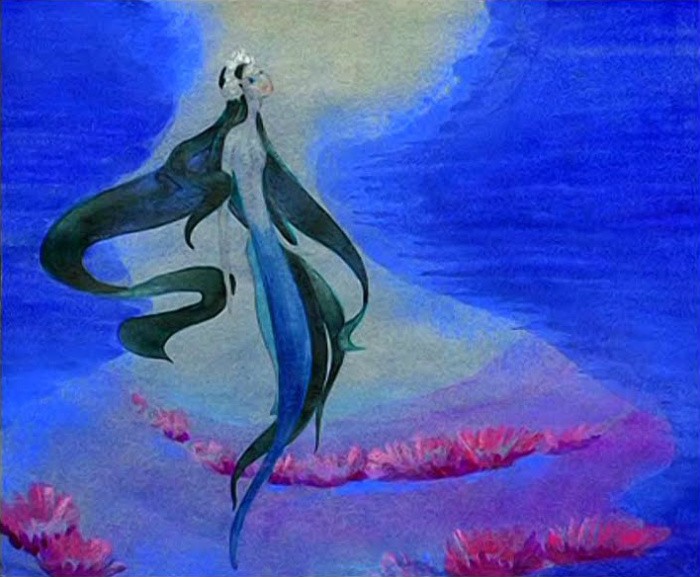
In the same year, in the Christmas edition of the newspaper “Illustrated London News”, Nielsen’s illustrations to the tales of Charles Perrault are published: Sleeping Beauty, Cat in Boots, Cinderella and Bluebeard.
In 1914, Nielsen illustrates a collection of Norwegian folk tales “To the east of the sun and to the west of the moon.” Fairy tales inspire him, through the European art nouveau comes the stern beauty of the Scandinavian North. The book was published in 500 copies, in a cover with gold embossing, with 25 colored and 21 black and white drawings. At auctions, the remaining copies cost from 8,000 dollars.

In the same year, he creates three illustrations for a story about the life of Joan of Arc, which will be released much later, in 1920. For now, the artist is studying with his local colleagues a new drawing technique, tempera.
In 1917, Nielsen visits the US with his own exhibition of drawings, and then returns, finally, to his homeland. In Copenhagen, he is working on the design of the Royal Danish Theater scene and, in parallel, on the illustrations for a new translation of “1000 and 1 night”. All this – against the backdrop of Europe torn apart by the First World War.
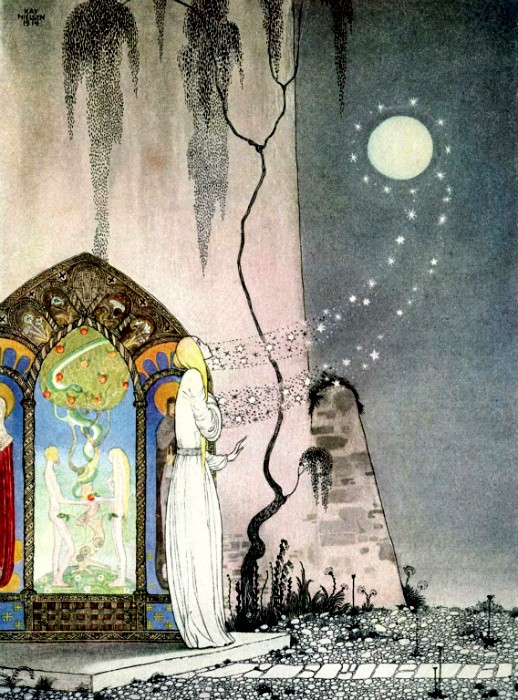
While Marie Curie drove along the front line, teaching the military doctors to use a mobile X-ray machine to inspect the wounded, the Danes kept neutrality – Nielsen’s peace was not violated in any way. Illustrations for “1000 and 1 night” were published only after the death of the artist. Probably, for the beginning of the twentieth century, they were too frivolous to see the light: they were full of nude pre.
In 1924, Nielsen undertakes to illustrate the fairy tales of the most famous Danish writer, Hans Christian Andersen. A year later – creates drawings for the next edition of the fairy tales of the Brothers Grimm. Then the artist takes on the book of the British Romer Wilson – a collection of tales of the peoples of the world. Slavic tales, there too. The Russian reader of Nielsen’s illustration can greatly surprise – the artist has never been in the Slavic countries and painted costumes and characters very freely.
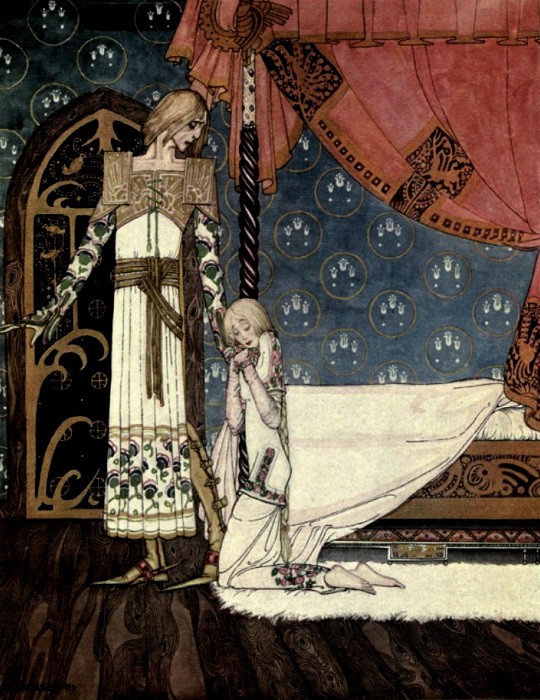
Meanwhile, in his life there was a magical meeting. Kai marries a girl named Ulla, a sweet Fashionista from a wealthy Danish family, with whom she will live her whole life until death part. Perhaps, it served as a model for some of his heroines.
In 1939, Nielsen dramatically changed his career. He moves with his family to California to work in Hollywood. The glory of theaters is a thing of the past, the future is for movies. He collaborates with Walt Disney himself, participating in the creation of the musical cartoon “Fantasy.” He also creates concept art for many Disney works, including, of course, a cartoon by Andersen’s fairy tales – which, alas, never saw the light. Nevertheless, Nielsen’s concept artifacts lay in studio archives and were useful when working on a cartoon about Ariel, released in 1989. And Nielsen stopped working with Disney in 1941 and returned home.
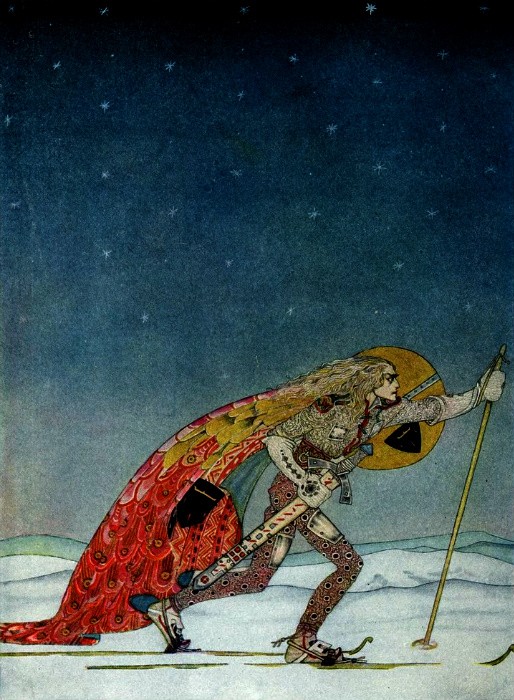
With the outbreak of World War II, the world changed a lot. Art Nouveau lost its charm in the eyes of most of humanity. Magic fairy tales no longer interested children, they wanted fairy tales about war and victory. Nielsen was out of fashion. He went to Los Angeles and spent the rest of his life in poverty, painting the walls of schools and churches.
Kai died in 1957, having lived a rather long life – 71 years. Ulla survived it for only a year. Only over time, the world realized that Kai Nielsen, along with John Bauer and Karl Oulaf Larsson – one of the most fascinating artists of Scandinavia.

























